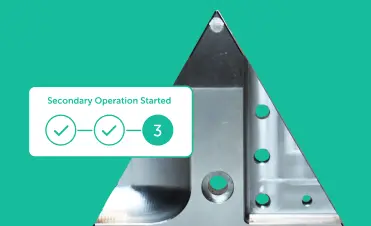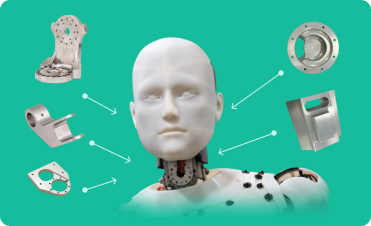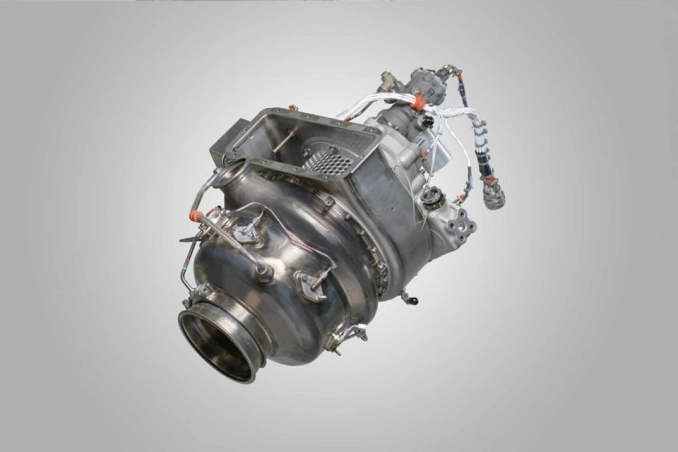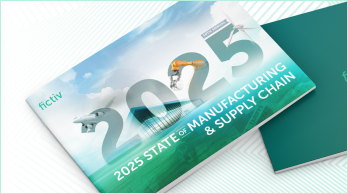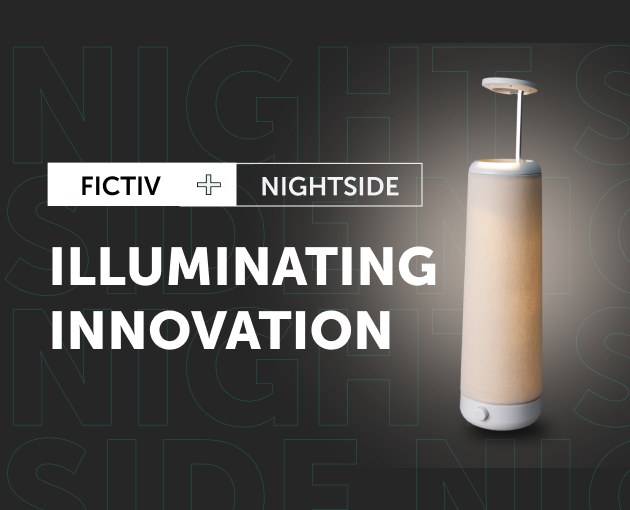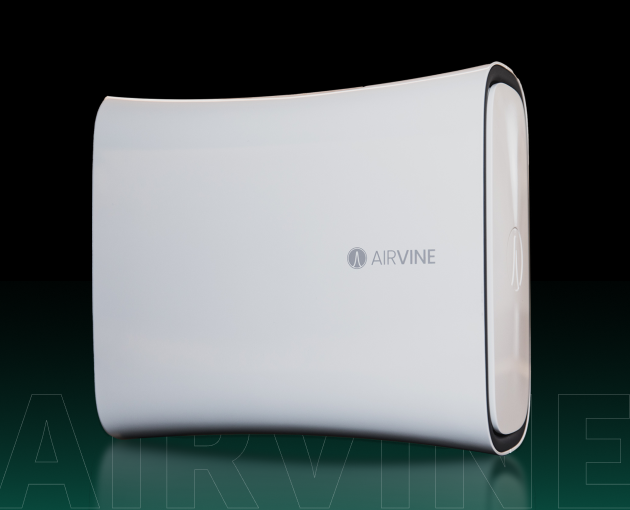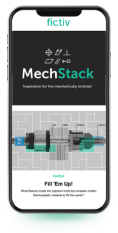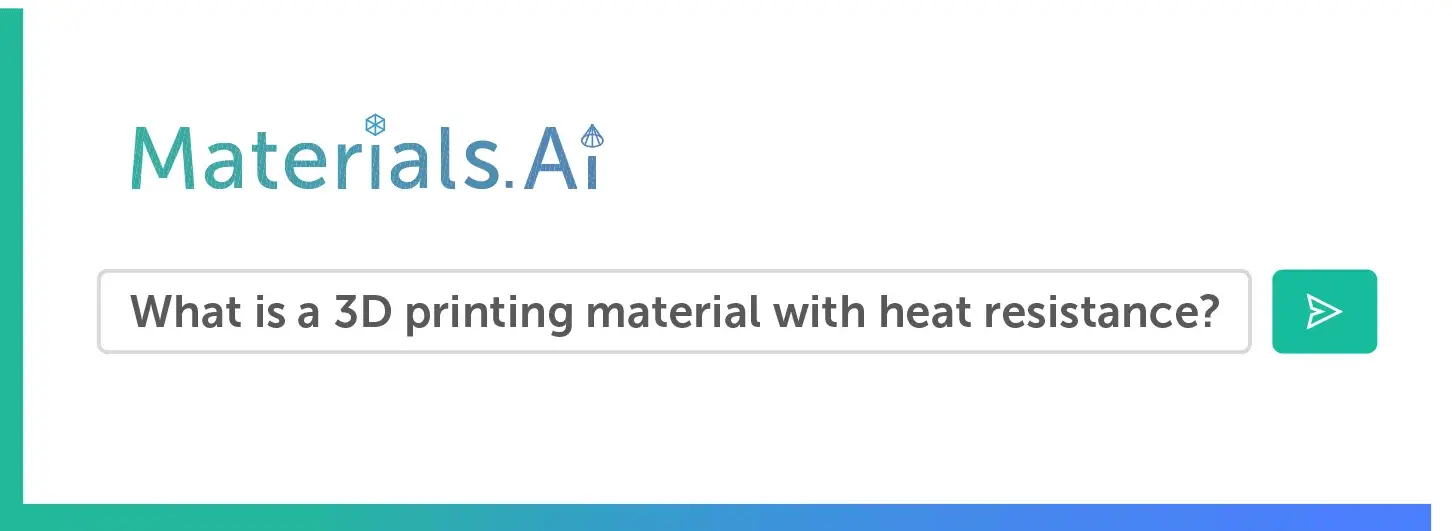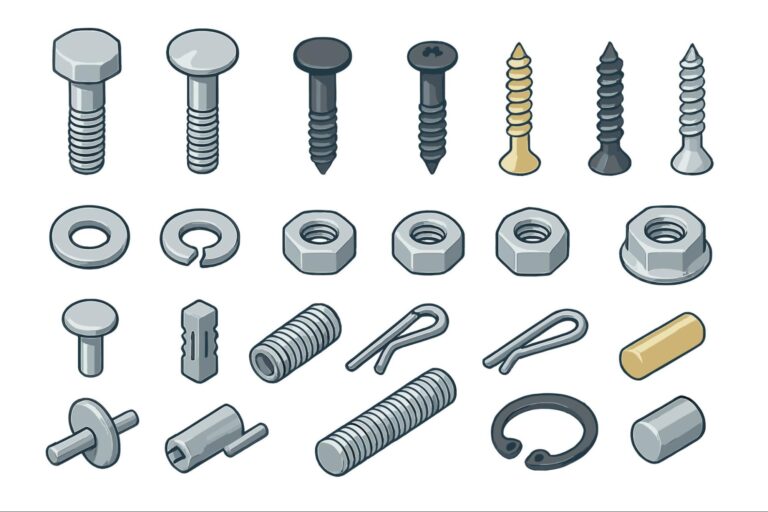Time to read: 7 min
Metal assemblies refer to both the process and the finished result of connecting multiple metal parts to form a durable, functional product or subassembly. This can be achieved through methods such as welding, riveting, brazing, or fastening with screws and bolts. The approach used depends on the required strength, precision, and application of the final assembly.
Metal assemblies provide the strength, rigidity, and modularity needed to support complex systems, often combining CNC-machined, sheet metal, and fabricated components into one cohesive structure. Understanding how to choose the right joining methods, maintain dimensional accuracy, and design for manufacturability is what separates a strong product from a costly redesign.
This article will discuss metal assemblies, the methods of joining them, relevant design considerations, common mistakes, and their applications.
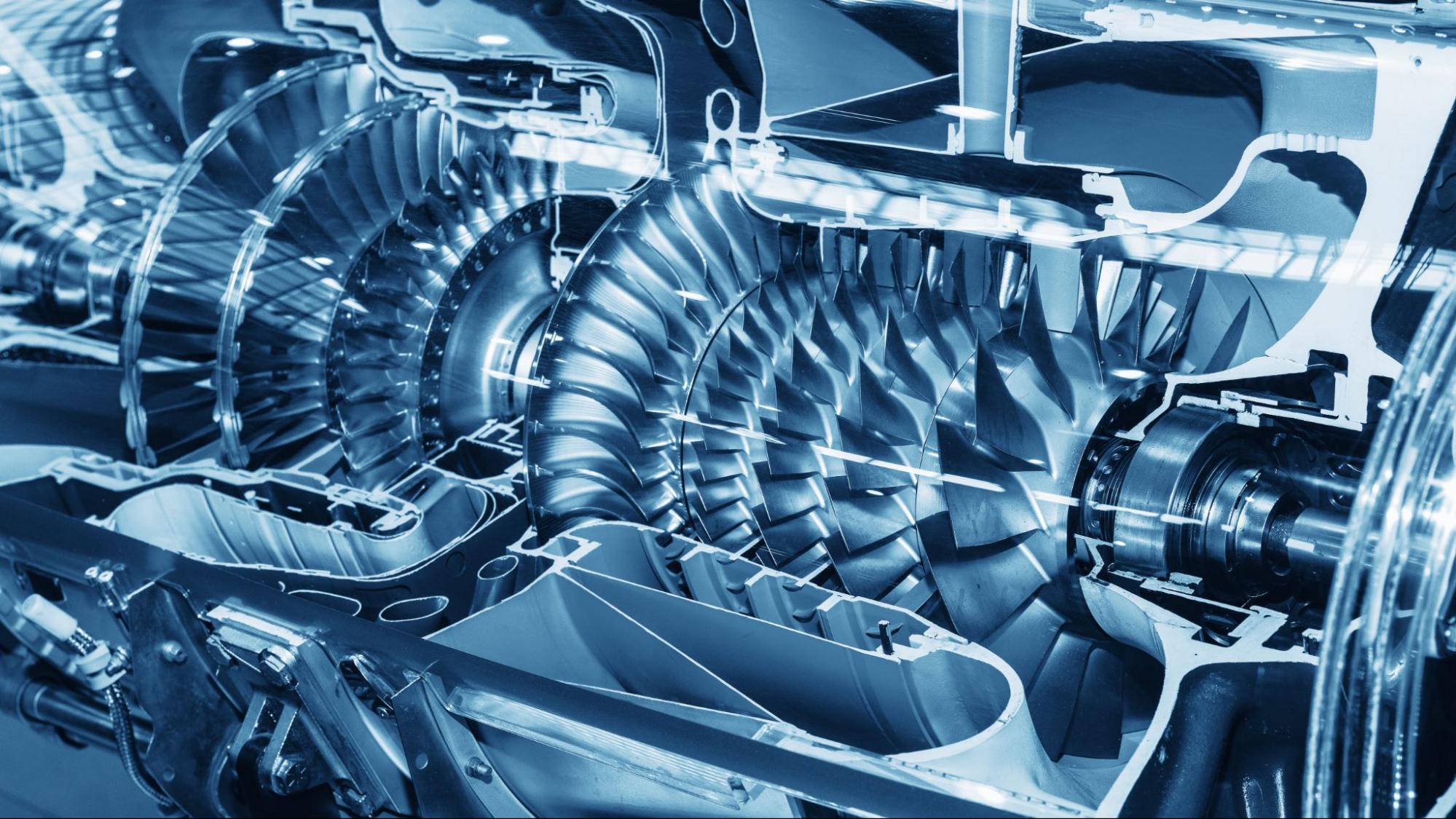
What Makes a Well-Designed Metal Assembly?
A metal assembly is a functional unit formed by joining multiple metal parts, often with distinct manufacturing origins, into a single structure. These parts can include sheet metal panels, machined brackets, structural frames, or precision housings—each serving a specific mechanical or structural purpose.
The key difference between a simple mechanical connection and an engineered assembly lies in tolerance control, alignment, and load path management. A well-designed assembly ensures consistent fit and function across production runs while minimizing rework or adjustment during manufacturing.
Examples include:
- Sheet metal enclosures for electronics and sensors
- Welded or bolted structural frames in robotics
- CNC-machined housings for medical instruments.
Methods of Joining Metal Assemblies
Joining methods define the performance, cost, and serviceability of a metal assembly. Below are the most common techniques and their engineering trade-offs.
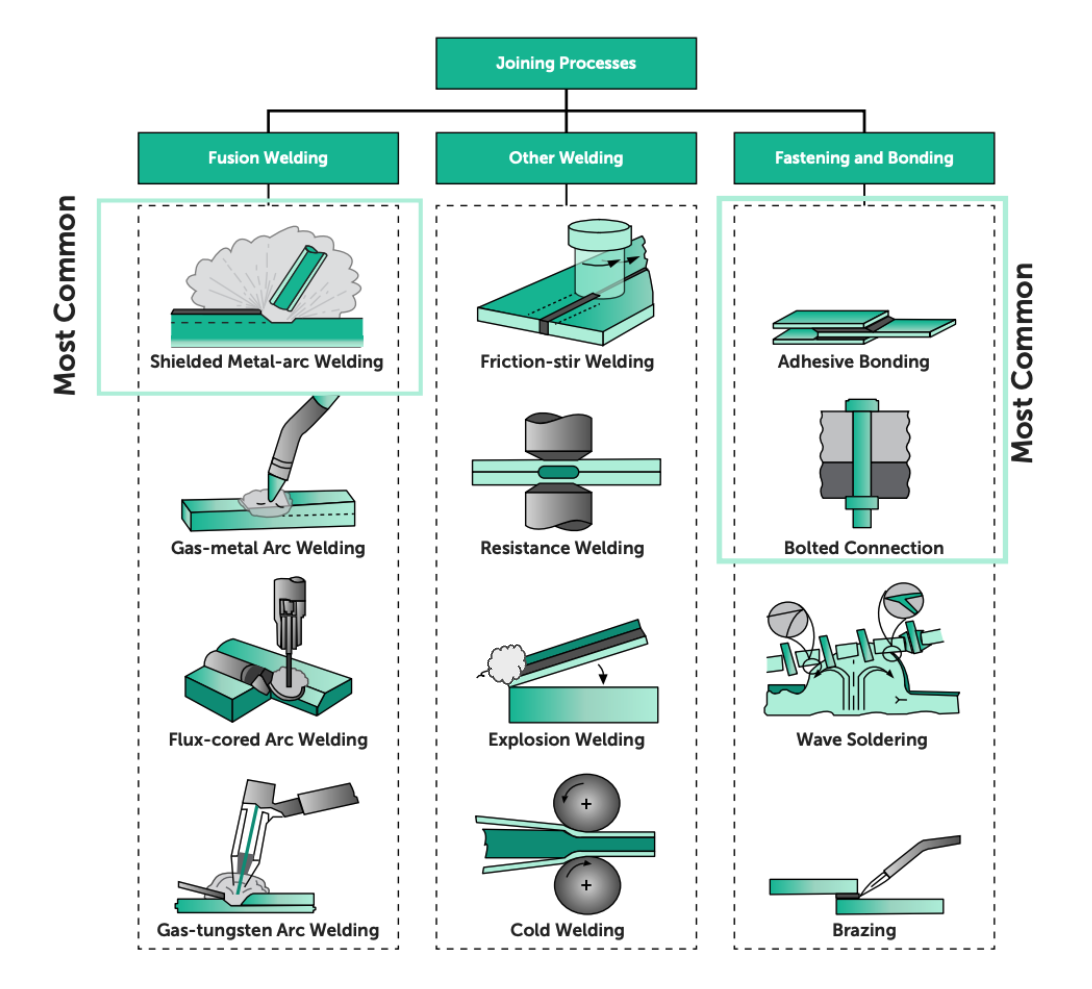
Welding
Welding permanently fuses metal components using localized heat (and sometimes pressure) to form a metallurgical bond. Common processes include:
- MIG (Metal Inert Gas): Fast, economical, ideal for thick or structural materials
- TIG (Tungsten Inert Gas): High precision, excellent for thin sections and stainless steels
- Spot Welding: Widely used for sheet metal assembly in automotive and electronics
Welding Advantages:
- High strength and rigidity
- Permanent, leak-tight joints
- Minimal added weight
Welding Limitations:
- Heat distortion in thin materials
- Requires skilled operators and inspection
- Difficult to disassemble or repair
Mechanical Fasteners (Bolts, Screws, Rivets, PEMs)
Mechanical fastening is the most versatile joining approach, using hardware components such as bolts, screws, rivets, or self-clinching fasteners (PEMs) to create either permanent or serviceable joints.
- Bolted assemblies allow disassembly for maintenance or upgrades.
- Rivets provide lightweight, permanent joints for sheet metals and structural skins.
- PEM fasteners (nuts, studs, standoffs) embed directly into sheet metal for strong, flush hardware integration.
Mechanical Fastener Advantages:
- Easy to assemble and service
- No heat-affected zones
- Compatible with dissimilar metals
Mechanical Fastener Limitations:
- Increased part count and assembly time
- Potential for loosening under vibration (use lock washers, thread-lockers, or locking nuts)
- Requires precise hole alignment
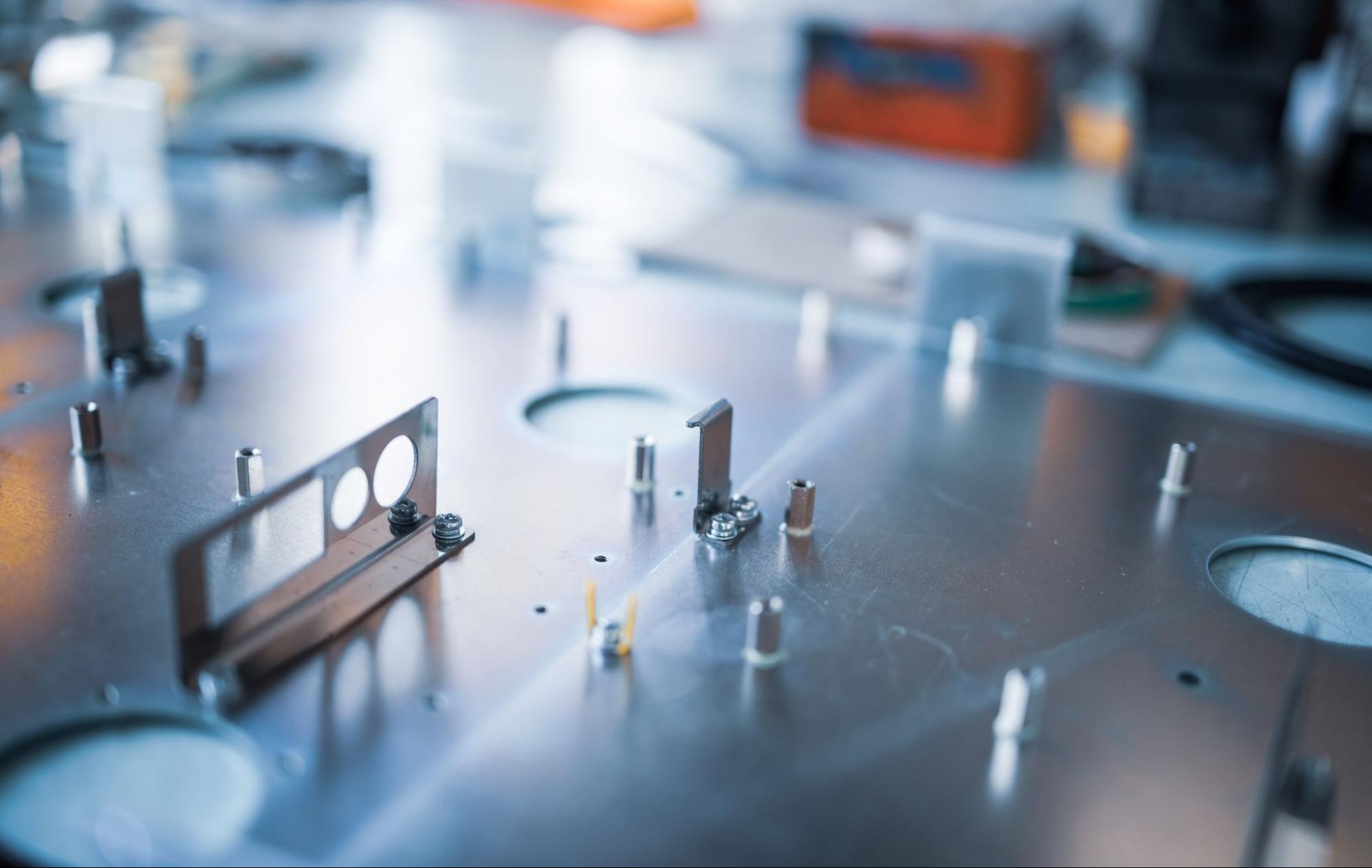
Adhesives and Bonding
Adhesive bonding joins metals using specialized epoxies or structural adhesives that cure to create a strong interface.
Adhesives and Bonding Advantages:
- Even stress distribution across bonded surfaces
- No heat distortion
- Compatible with hybrid (metal + composite) structures
Adhesives and Bonding Limitations:
- Requires surface preparation
- Curing time adds cycle time
- Limited temperature resistance
Adhesives are often used in aerospace and electronics, where (light) weight and precision outweigh the need for mechanical disassembly.
Soldering and Brazing
Both soldering and brazing join metals by melting a filler metal between components without melting the base parts.
- Soldering occurs below 450 °C, ideal for electrical and electronic assemblies.
- Brazing occurs above 450 °C and is used for structural or pressure-bearing joints.
Compared to welding, these methods produce cleaner, lower-temperature joints but with less mechanical strength. Examples of applications include heat exchangers, electronic housings, and fluid fittings.
Mechanical Assembly Features (Design-for-Assembly)
Modern sheet metal and CNC parts often integrate built-in features that simplify assembly without extra hardware:
- Tabs and Slots: Align and hold parts during welding or fastening. Common in sheet metal brackets and housings.
- Snap-Fits and Interlocking Joints: Enable quick assembly and disassembly, reducing tooling needs.
- Press-Fit and Dowel Pins: Ensure precise alignment of machined components and reduce tolerance stack-up.
- Keyed, Dovetail, or Tongue-and-Groove Joints: Add load-bearing capability and improve repeatability in modular designs.
Hybrid Assembly Approaches
Combining methods can yield superior performance. For example:
- Weld + Fasteners = redundancy and mechanical reinforcement.
- Adhesives + PEMs or Rivets = vibration damping and sealing.
- Brazing + Bolting = reliable repairable structures.
Hybrid designs balance cost, manufacturability, and functional performance, common in aerospace and robotics, where safety and serviceability both matter.
Comparison Table: Welding vs. Fasteners vs. Adhesives vs. Mechanical Features
Table 1 compares the various joining methods in terms of strength, serviceability, cost, and applications:
| Joining Method | Strength & Integrity | Serviceability | Cost & Complexity | Best Used For | Design Notes |
| Welding | High structural strength and permanent joints; ideal for load-bearing assemblies. | Non-serviceable; rework is difficult once joined. | Moderate to high, depending on weld type and setup. | Structural frames, chassis, aerospace, and automotive parts. | Control heat distortion; inspect for cracks and porosity; material compatibility is critical. |
| Fasteners (Bolts, Rivets, PEMs) | Excellent mechanical strength if correctly torqued; it can loosen under vibration. | Fully serviceable, easy to disassemble and replace components. | Low to moderate; tooling is simple. | Modular assemblies, brackets, serviceable panels. | Use locking features; plan access for tools; manage tolerance stack-ups. |
| Adhesives & Bonding | Moderate strength; distributes stress evenly across surfaces. | Limited rework; bonded joints may require heat or solvents to remove. | Moderate, curing time adds cycle time. | Lightweight or mixed- material assemblies; vibration damping. | Ensure clean surfaces; account for cure time and temperature; consider environmental exposure. |
| Mechanical Features (Tabs, Slots, Dovetails, Press-Fits) | High-precision alignment; strength depends on geometry and fit. | Often semi-permanent; can allow modularity in design. | Low recurring cost; higher upfront design effort. | Sheet metal enclosures, housings, and precision assemblies. | Reduces fixture reliance; supports self-locating assembly; ideal for CNC and sheet metal integration. |
Table 1: Welding vs. Fasteners vs. Adhesives vs. Mechanical Features
Design Considerations for Metal Assemblies
Designing for assembly should start as soon as possible in the design process. Early consideration of alignment, tolerance, and material compatibility prevents expensive rework downstream.
Designing for Assembly
Designing for assembly begins at the CAD level, where every decision on geometry, alignment, and tolerance directly impacts manufacturability. Early evaluation of part interfaces, fits, and material pairings ensures that assemblies go together smoothly without post-production rework. Collaboration between design and manufacturing engineers at this stage helps prevent tolerance mismatches, unintended interference fits, and costly iterations later on in the design process.
Tolerance Stack-Ups
Every manufactured component comes with dimensional variation. When assembling several parts, these small deviations accumulate, known as a tolerance stack-up, potentially leading to gaps, binding, or misalignment. Engineers must define proper datum structures, apply geometric dimensioning and tolerancing (GD&T), and model worst-case scenarios in CAD. Controlled tolerance allocation ensures consistent assembly performance without excessive cost from over-specifying precision.

Material Compatibility
Combining dissimilar metals can lead to galvanic corrosion, especially in humid or conductive environments. This electrochemical process accelerates the corrosion of one of the metals in direct contact.
Engineers should carefully pair materials or include insulating elements such as nylon washers, anodized surfaces, or dielectric coatings. Understanding the galvanic series helps predict corrosion potential. Proper material selection minimizes long-term degradation, maintains electrical integrity, and ensures mechanical reliability throughout the product’s operational life.
Load Path Design
An effective load path distributes forces evenly through structural members rather than concentrating stress at fasteners or weld seams. Use gussets, brackets, or stiffeners to redirect loads away from high-stress regions. Simulation tools like FEA (finite element analysis) can validate load distribution early in design. Balanced load paths extend component fatigue life and prevent failures under vibration, impact, or thermal cycling.
Corrosion Prevention
Surface finishing is key to enhancing product durability. Techniques such as anodizing aluminum, zinc plating steel, or applying powder coatings create protective barriers against oxidation and moisture.
Designers must also consider isolation when combining metals to prevent galvanic reaction. Regular coating thickness control and edge protection ensure long-term corrosion resistance, especially for outdoor or marine applications. High-value items that are likely to endure a service life in harsh environments may easily bear the higher cost of noncorrosive metals such as stainless steel; this may also simplify production, compensating for the higher material cost.
Modularity vs. Permanence
Designers must balance between serviceable, modular assemblies and permanent joints. Bolted or PEM fastener systems simplify maintenance, upgrades, and part replacement.
In contrast, welded or bonded assemblies provide reduced weight and higher stiffness but limit repairability. The choice depends on life-cycle goals; products needing frequent updates favor modularity, while high-strength or sealed systems benefit from permanent bonding.
Self-Locating Features
Integrating self-locating features—such as tabs, slots, pins, or dowels—simplifies assembly and minimizes the need for external fixturing. These features guide components into precise alignment, reducing manual handling time and error potential. For precision sheet metal or injection-molded parts, built-in alignment aids improve repeatability and lower cost by enabling faster, more accurate assembly without complex external tooling.
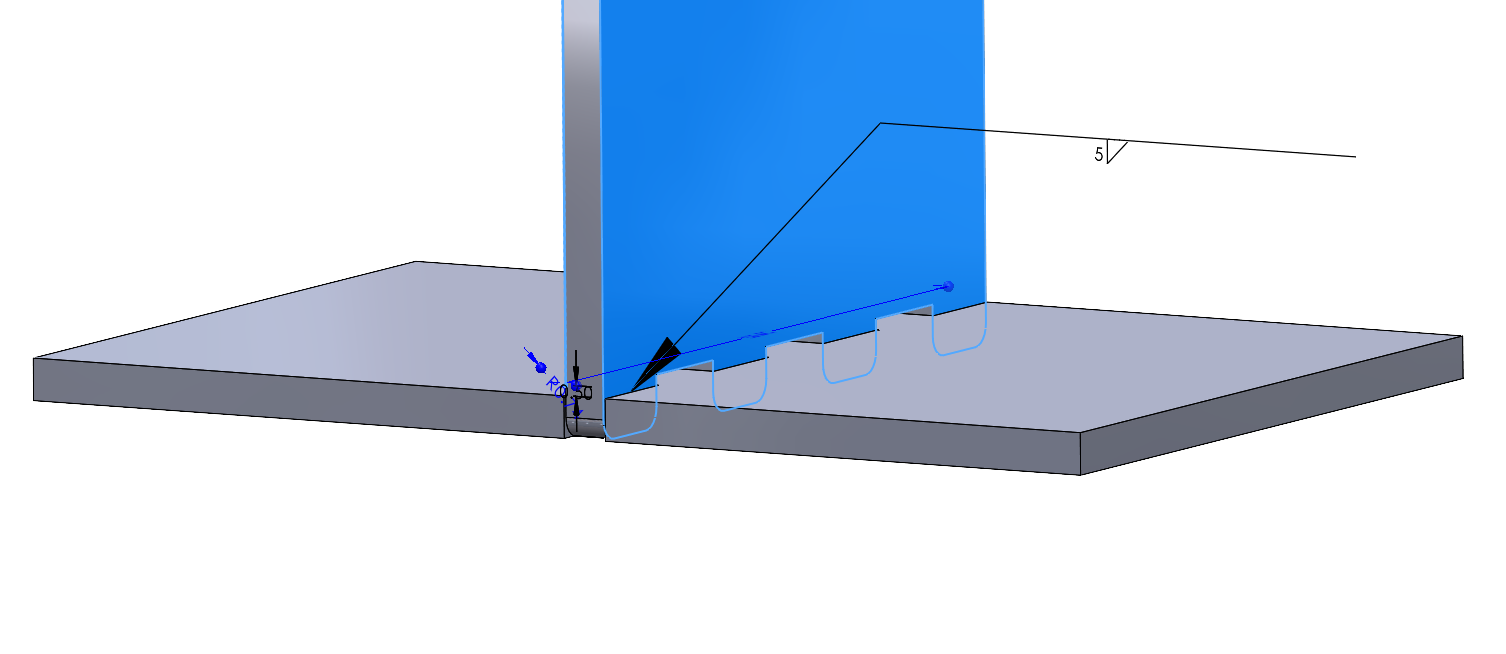
Common Mistakes in Metal Assembly Design
Even experienced engineers fall foul of common pitfalls that can compromise assembly performance.
- Ignoring tolerance stack-ups leads to forced fits and misalignment.
- Using incompatible materials accelerates corrosion and weakens joints.
- Over-specifying tolerances drives unnecessary machining costs.
- Poor fastener placement creates weak load paths or stress concentrations.
- Neglecting accessibility makes assembly or maintenance difficult.
Applications of Metal Assemblies
Some applications of metal assemblies in various industries are shown below:
- Aerospace: Lightweight welded frames and precision fastened skins for airframes and satellites demand tight tolerances and high structural integrity.
- Automotive: Chassis, engine mounts, and crash structures combine welded and bolted connections for serviceability and strength.
- Robotics: CNC-machined brackets and sheet metal panels create modular, upgradeable systems with high stiffness-to-weight ratios.
- Consumer Electronics: Enclosures and housings rely on PEM fasteners, adhesives, and precision sheet metal for clean aesthetics and compact packaging.
- Medical Devices: Precision-machined subassemblies with stainless steel or titanium components ensure reliability, biocompatibility, and cleanliness.
The Future of Metal Assemblies: Digital Manufacturing & Simulation
The next generation of assembly design will be digital. Modern CAD tools enable tolerance stack-up analysis, finite element validation, and virtual assembly simulation before physical prototyping. Platforms like Fictiv accelerate this workflow by combining CNC machining, sheet metal fabrication, and welding, providing instant feedback on manufacturability and lead times. Digital manufacturing bridges the gap between design and production, improving consistency and reducing costly iteration cycles.
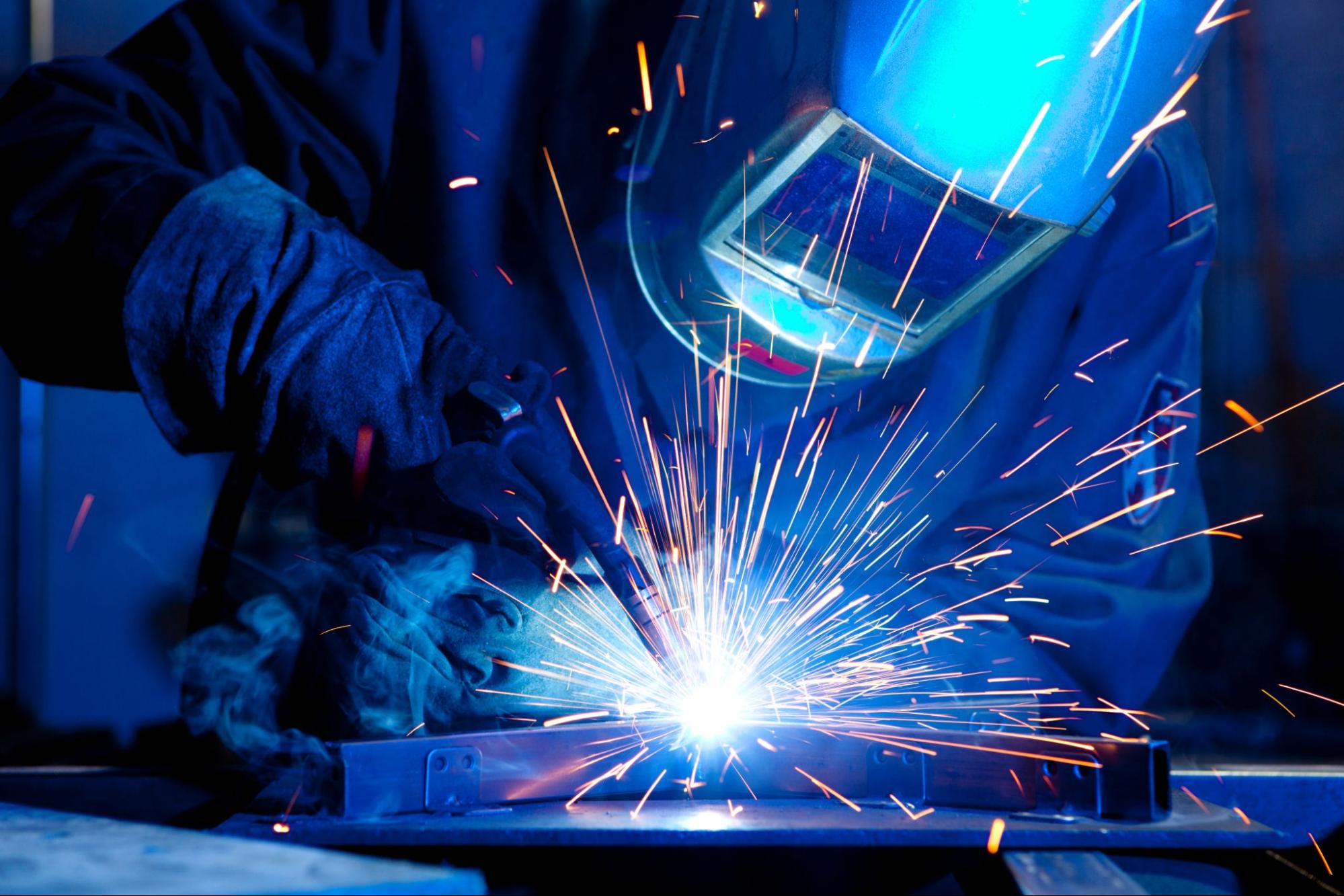
Designing for Strong, Reliable Metal Assemblies
Effective metal assemblies balance performance, cost, and manufacturability. Understanding the trade-offs between welding, fasteners, adhesives, and mechanical features helps engineers choose the most efficient joining method. Design-for-assembly principles, such as tight tolerance management, corrosion prevention, and self-locating features, dramatically improve build quality and reliability. In short, better design decisions for the assembly stage translate directly into fewer production issues and stronger, longer-lasting products.
Need precision metal assemblies for your next project? Fictiv offers manufacturing services for CNC machining, sheet metal fabrication, die casting, and various assembly methods, all under one digital platform. Upload your CAD model today and get instant feedback, transparent pricing, and production-ready assemblies delivered fast.
